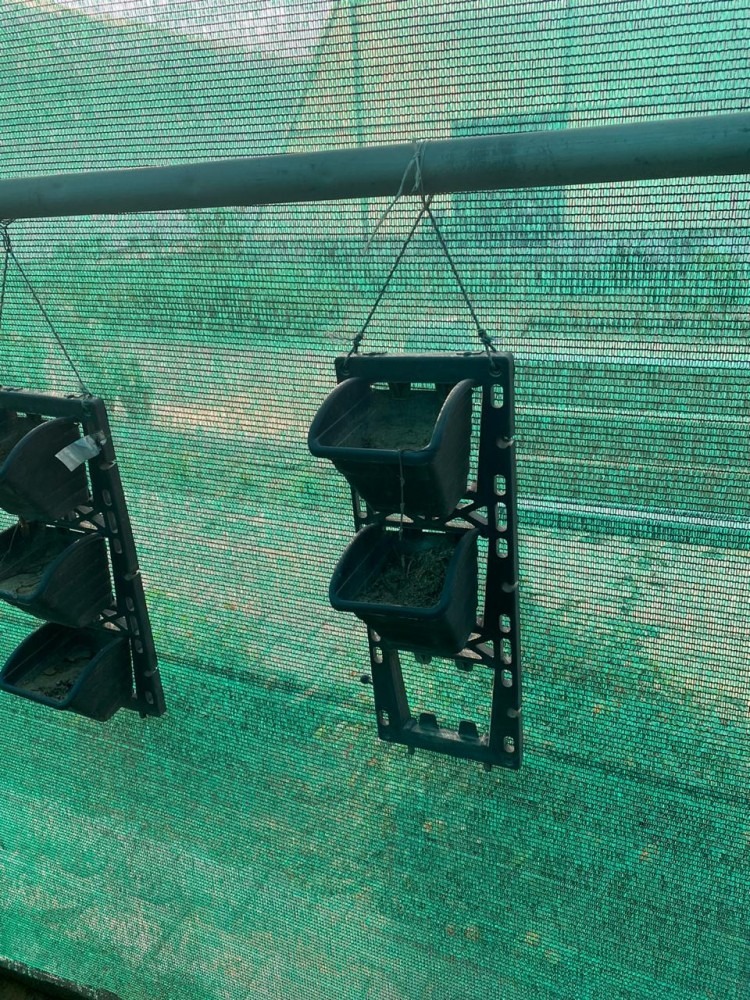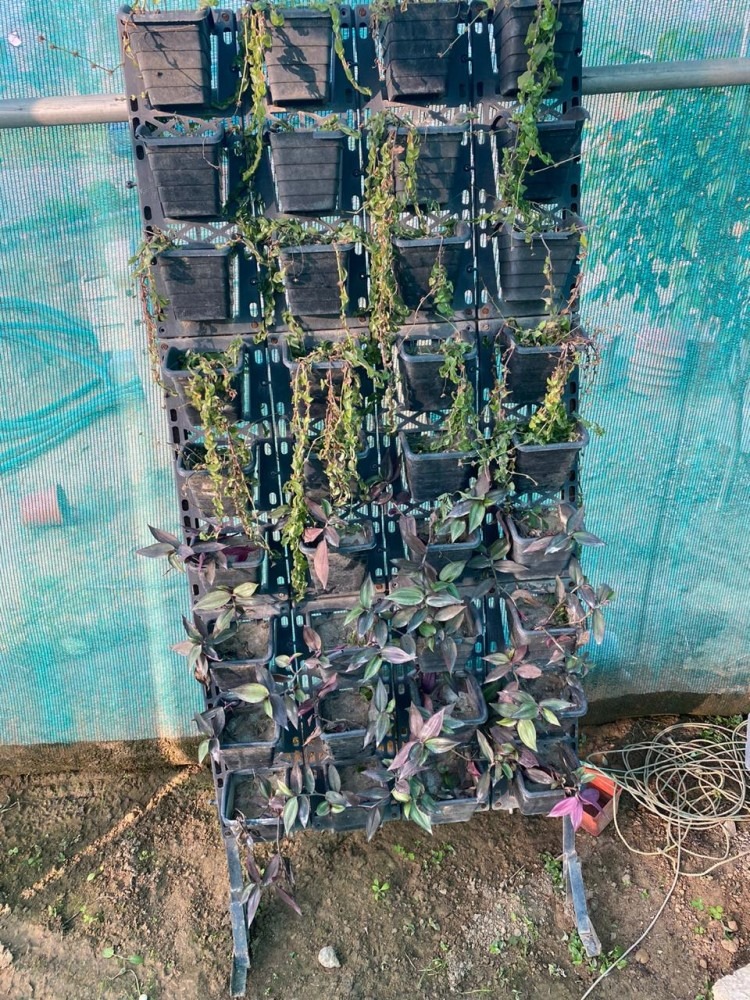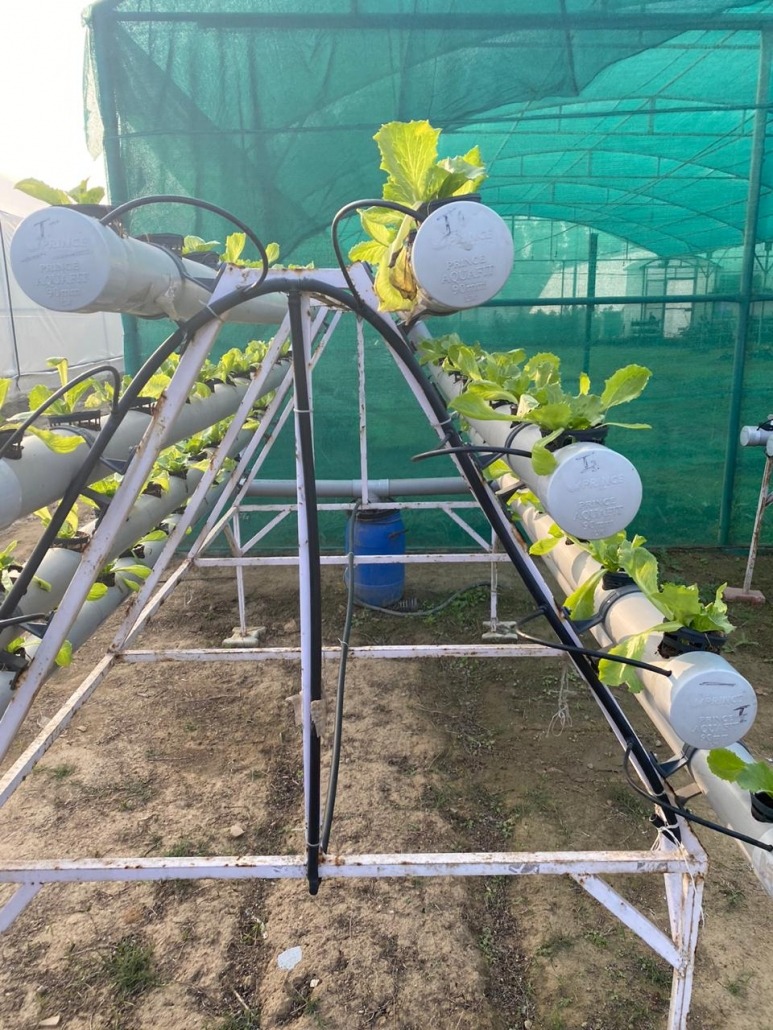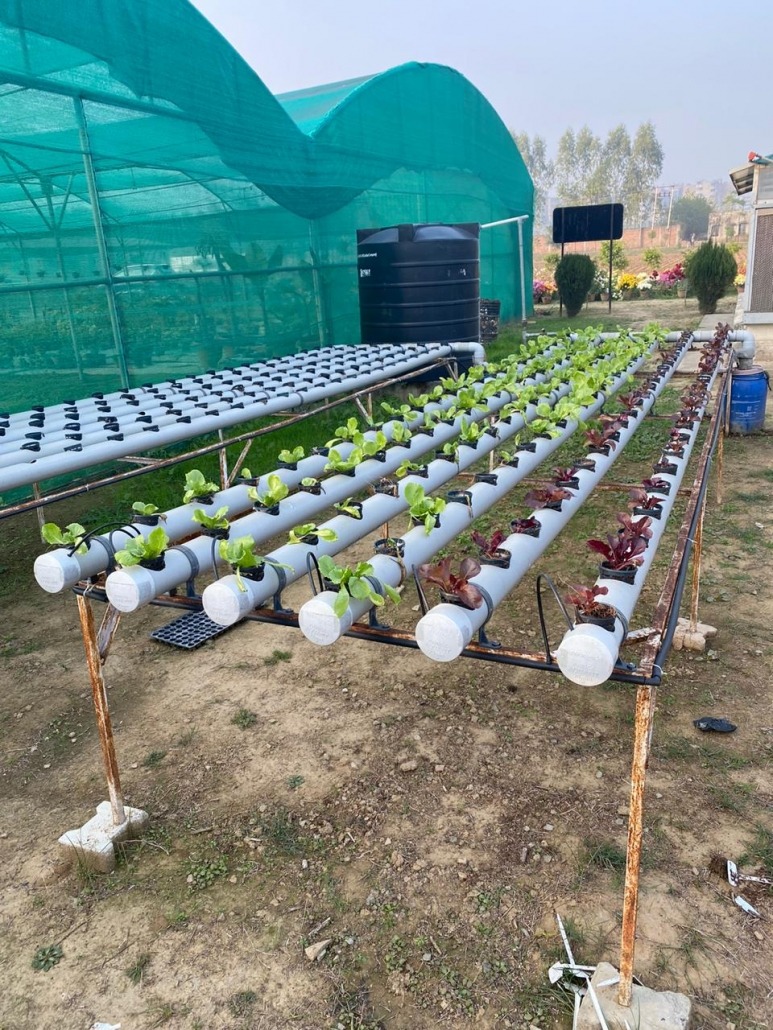We are delighted to share a blog written by student Aadit, from The Doon School, India, delivering a Global Goals project for the 2020-21 GSL Global Goals Competition.
Their project is among over 957 social action projects currently running as part of the GSL movement and we are excited to be supporting them to design and lead positive social change in their community.
As Edward Everett Hale said, "I am only one, but I am one. I cannot do everything, but I can do something. And I will not let what I cannot do interfere with what I can do." I am just following that.
Project Summary
On the one hand, where India is developing and excelling in the field of economics day by day, the country is unable to prevent the depletion of resources. Areas like Delhi, Mumbai, and Bangalore are getting congested, resulting in the loss of gardens and open fields. Vegetation is an essential part of a human’s life as it brings physical, psychological, environmental, and aesthetic benefits. On 23rd February, the air quality index of Delhi stood at hazardous (658), which shows human carelessness towards the environment. India had one of the highest average air quality index of 152. With this, India was ranked 5th in the worst air quality index amongst 98 countries in 2019.
To overcome this issue and create a balance between economic growth and the sustainability of the environment, a group of 4 students came up with the idea to promote vertical gardens through the project G-Roots. The initiative lead by Aadit Mittal and supported by Shaurya Pratap, Raghav Misra, Dhairyajit Singh, and Krishang Arora, with the guidance of Dr. Love Deepak Trivedi(LDT), have tried to overcome the persistent issue of global warming and lack of vegetation through the concept of vertical gardening.
Our Journey
To alleviate quotidian problems, we as a team have come up with an efficient system and a widely applicable one. We need to work with the limited resources that we have in our hands due to the restrictions placed on us by the environment. Most importantly, we need to adjust to the parochial nature of society and educate them about the possible alternatives.
We must use a model that is not purely physical but also academic. We aim to spread our proposed model’s efficacy to a broad base that will embody the virtues and adapt their regimented lifestyles. In order to augment society and boost sustainability, it is our prerogative as global samaritans to increase the level of greenery and stop the degradation of the environment. The environment is a common pool resource that is non-excludable that subjects everybody to global harm, which must be prevented. Inevitably it will be an existential threat of dire significance, and we believe that if we spark innovation, then we enhance our chances of persevering well in time.
We started with some secondary data collection to see which plants and methods are suitable to initiate our project. Once we had the plan, we decided to create a social media account to spread our initiative faster. Our members also got in touch with Lovely Professional University to help their agricultural department and get our initiative implemented in the vast 1000 acre campus. Moreover, we have reached out to many companies to participate in our drive and promote the initiative by implementing our plans.
The initial study included finding the plants and soil solutions, which were lightweight and covered more extensive areas with less vertical growth. These plants included Snake plant, Chlorophyta, Syngonium, Pilea, etc. The two methods we have considered as a sustainable solution are the vertical stands and the hydraulic plant. The vertical frames are large stands containing small pots, which are cheap and easy to make. Each pot consists of a light-weighted medium used as soil and the plant, which requires regular watering. The other is the hydraulic plant, which uses modern-day technology, which has running water rich with minerals. The hydraulic plant allows the plants to nourish faster and provide the plants with sufficient resources necessary for their growth. We have decided to use waste material as a possible pot/stand, which would reduce waste generation and unwanted dumping in critical areas.
Our Next Chapter
We believe that collectively we shall make a larger imprint on society, so we hope to strategically partner with corporations who share the same vision as us and will be able to reach a large part of the demographic. We aim to have a few installations to showcase that our model works in a normative sense.
We need to create a platform with a demonstrable social following to be a pathway for our message to pass. This is where we will incorporate an active feedback system that will act as a positive criticism circuit. To make an effective model, we have come up with research that will tell us what fields to explore. We understand that society’s needs are dynamic and to tailor our project for the betterment of society. We have also created a list of checks and balances that will not allow us to deviate from our goal, making our area as sustainable as possible and preserving future generations’ longevity.
The 2020-21 GSL Global Goals Competition is now open and runs until June 2021. If you belong to one of the 500+ teams of students currently delivering a social action project as part of the competition we would love to hear from you and feature your blog and project photos on our website to inspire others.







